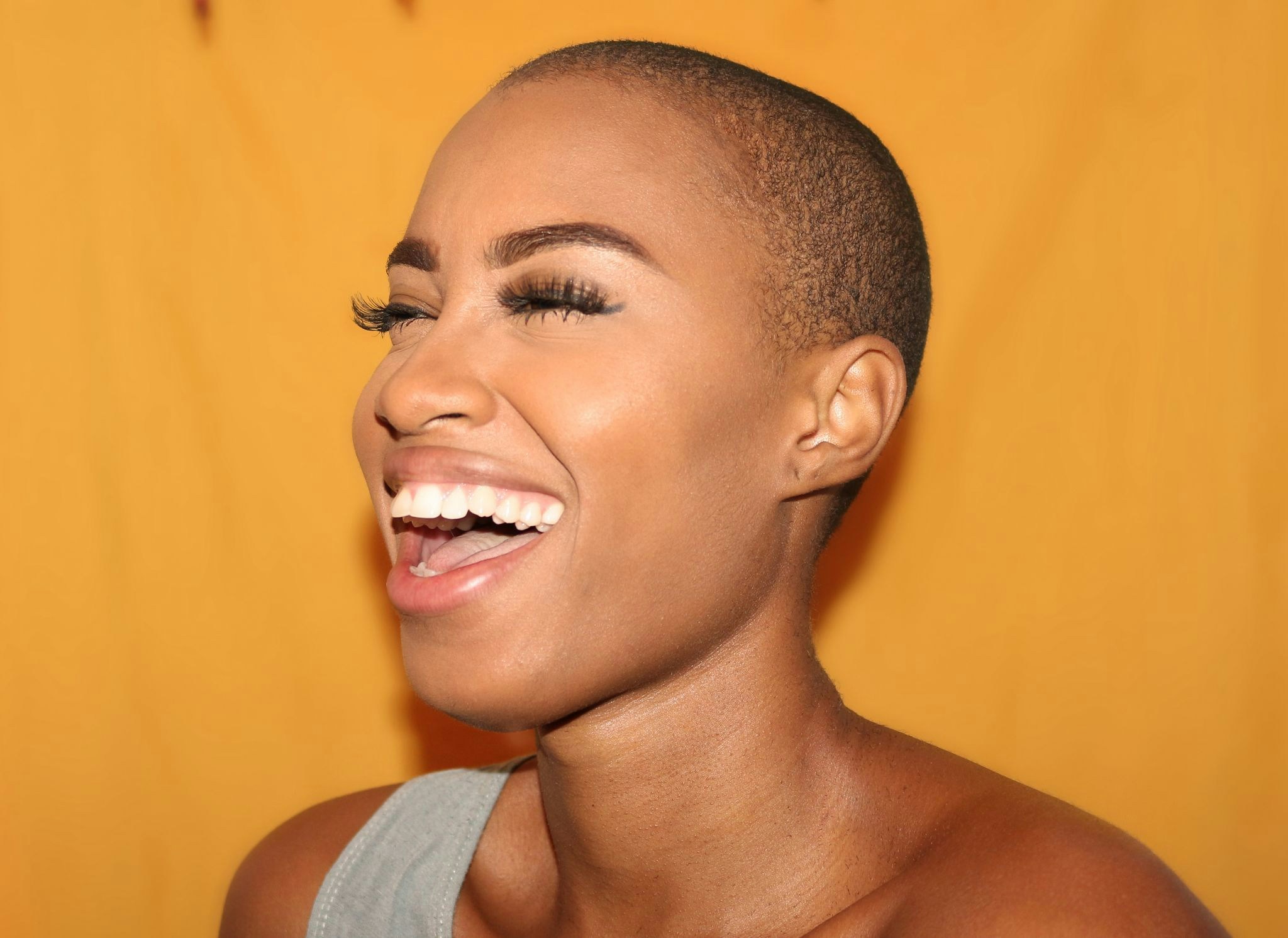Reimagining Beauty and Fitness through Dance Therapy
Dance therapy, or dance movement therapy (DMT), is a burgeoning field that offers a fresh perspective on beauty and fitness. It combines movement and expression with therapeutic techniques, providing a holistic approach to wellness. This article delves into the evolution and significance of dance therapy, and its implications for the beauty and fitness industry.

The Dance of Wellness: Historical Context and Developments
The origins of dance therapy can be traced back to the early 20th century, when pioneers like Marian Chace and Mary Whitehouse started using dance as a therapeutic tool. They believed that dance could help people express emotions they couldn’t articulate, leading to mental and emotional healing.
Over time, dance therapy has evolved significantly, blending in elements from other therapeutic techniques such as psychotherapy, somatic practices, and mindfulness. It has been used in a variety of settings, from hospitals to prisons, and has demonstrated promising results in improving self-esteem, body image, and physical fitness.
Current Trends in Dance Therapy: An Expert Analysis
Today, dance therapy is making waves in the beauty and fitness industry, as more people recognize its potential for holistic wellness. Experts observe a growing interest in dance therapy, not just for its therapeutic benefits but also for its ability to promote fitness and enhance physical beauty.
According to Dr. Suzi Tortora, a board-certified dance movement therapist, dance therapy can help people “connect with their bodies in a joyful way,” which can lead to “improved body image and confidence.” This aligns with the current trend where beauty and fitness are increasingly being associated with confidence and self-expression, rather than mere aesthetics.
Dance Therapy: Benefits, Market Relevance, and Industry Impact
Dance therapy offers a myriad of benefits. It improves cardiorespiratory fitness, flexibility, and balance, contributing to overall physical health. It also promotes emotional well-being by helping individuals express and manage their emotions.
In terms of market relevance, dance therapy has immense potential. It offers a unique blend of physical fitness and emotional therapy, appealing to a growing consumer base seeking holistic wellness solutions. Several fitness studios and wellness centers have started offering dance therapy sessions, indicating its rising popularity.
The impact of dance therapy on the beauty and fitness industry is noteworthy. It’s challenging the conventional notions of fitness and beauty, promoting a more inclusive and holistic definition that embraces mental and emotional well-being.
Evidence-backed Insights into Dance Therapy
Research supports the efficacy of dance therapy in improving physical fitness and emotional well-being. A study published in the American Journal of Dance Therapy found that dance therapy could significantly reduce stress and improve quality of life. Another study in the Journal of Aging and Physical Activity found that dance therapy could enhance balance and gait in older adults, contributing to better physical health.
Towards a Holistic Approach to Beauty and Fitness
Dance therapy represents a paradigm shift in the beauty and fitness industry, moving away from superficial aesthetics towards holistic well-being. It underscores the importance of self-expression, body positivity, and mental health in the pursuit of beauty and fitness. As dance therapy continues to gain momentum, it promises to redefine our understanding of beauty and fitness, making them more inclusive, empowering, and transformative.




